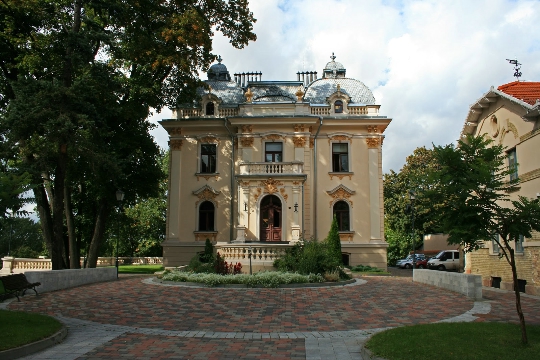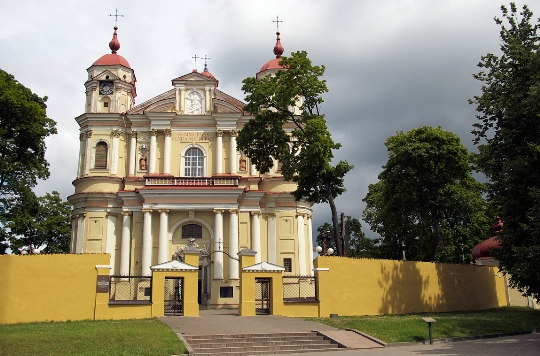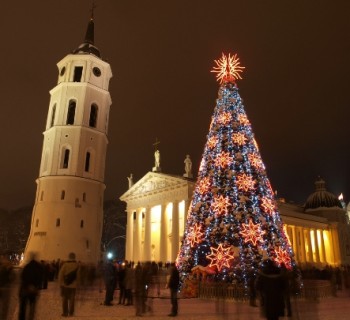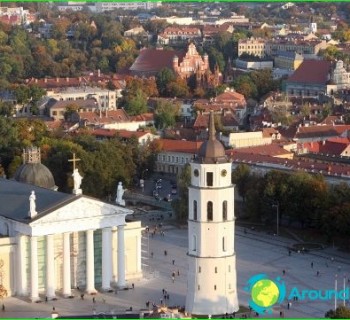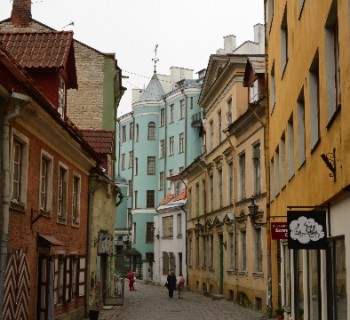Vilnius suburbs
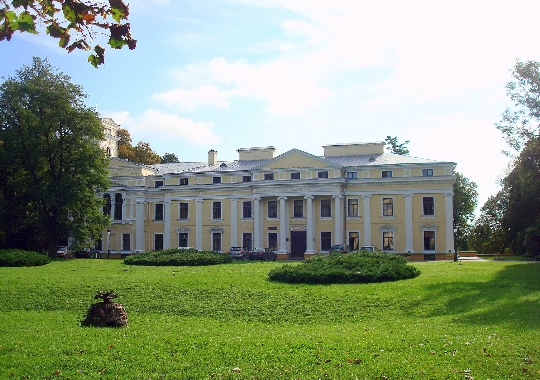
The capital of Lithuania is very popular among Russian tourists as a route for spending a short vacation or vacation. People come here just on weekends - to enjoy the old town, admire the beautiful views, hear the resounding echo of footsteps in medieval castles, or take part in a festival or fair. In the suburbs of Vilnius, life flows slowly and calmly, like centuries ago, and architectural landmarks, parks and museums are the reason for the appearance of many guests in the old quarters of the suburbs, as well as in the historical center.
The child in the eagle's nest
The name of this suburb of Vilnius comes from the Lithuanian "cry". According to legend, it was in Verkiai that Grand Duke Gedemin found a crying baby in an eagle's nest, who grew up and became the high priest of the god of thunder. Legend has it that a priest founded Vilnius.
The main architectural attraction of the suburb is the Verkiai Palace, built in the 16th century by Bishop Brzhostovsky. By the beginning of the twentieth century, the castle had not only water supply, but also gas lighting, and a real highway led to the top of the hill to the gate. The park was laid out in full accordance with English traditions, with picturesque flower beds, babbling fountains, snow-white sculptures and a perfect lawn. Today the palace houses the Lithuanian Institute of Botany.
Bridges over Neris
To the north-east of the capital, on the left bank of the Neris, there is another suburb of Vilnius that is important for tourists. Antakalnis is famous for a whole constellation of interesting buildings, buildings and museums:
- The Slushkov Palace, erected at the end of the 17th century in the Baroque style, today houses the Theater and Film Faculty of the Lithuanian Academy of Arts. The building is on the list of specially protected objects.
- The Vileišis palace with neo-baroque forms is an architectural monument of the early 20th century. It houses the Institute of Lithuanian Folklore and Literature.
- The Church of Saints Peter and Paul was founded in the 17th century and is considered a pearl of the Baroque. The cathedral chair was made by architects from Milan, and the bas-reliefs and sculptures make the interior unique and unforgettable.
- The ensemble of the Trinitarian monastery with the Church of the Savior was formed at the end of the 17th century and is a monument of republican significance. During its existence, the monastery has repeatedly been destroyed and plundered, but today it has been restored, and regular services are held in the church..
On a visit to Pushkin
In Rasos, a southeastern suburb of Vilnius, Russian tourists are especially welcome at the A.S. Pushkin Literary Museum. The exposition first appeared in 1940 in the former estate that belonged to G. A. Pushkin, the poet's son. The museum's collections include genuine family things, household items, rare photos and paintings of the poet's son and his wife.
